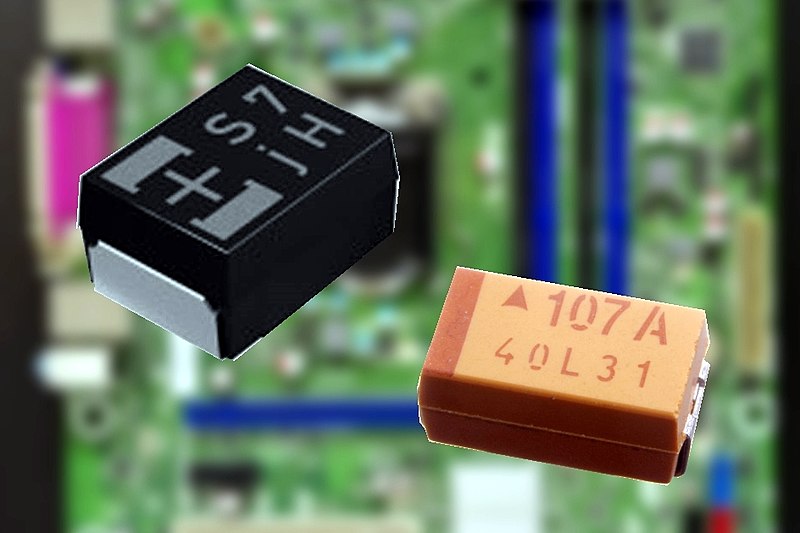Capacitors are fundamental components in electrical circuits, playing a crucial role in controlling voltage. Understanding how capacitors achieve this control is essential for engineers, technicians, and enthusiasts alike. In this blog post, we will delve into the intricacies of capacitors and explore the mechanisms behind their voltage control capabilities.
- Capacitor Basics:
To comprehend how capacitors control voltage, we must first grasp their basic principles. A capacitor consists of two conductive plates separated by an insulating material, known as a dielectric. When a voltage is applied across the plates, an electric field is established within the dielectric, causing the accumulation of electric charge on each plate. - Energy Storage and Discharge:
Capacitors excel at storing electrical energy. When a voltage source is connected to a capacitor, it charges up, accumulating electrons on one plate and creating a potential difference between the plates. This stored energy can be released when needed, providing a controlled discharge of electrical power. - Voltage Regulation:
Capacitors exhibit a unique ability to regulate voltage levels in circuits. By strategically placing capacitors in specific locations, engineers can stabilize voltage fluctuations, filter out unwanted noise, and improve overall circuit performance. Capacitors achieve this through various mechanisms: a. Smoothing Power Supply Ripple:
In power supply circuits, capacitors are employed to smooth out voltage ripples caused by alternating current (AC). By storing energy during high voltage peaks and releasing it during low voltage periods, capacitors ensure a more stable and continuous power supply. b. Filtering Noise:
Capacitors act as effective filters, attenuating high-frequency noise and interference in electronic circuits. They absorb and dissipate unwanted signals, ensuring cleaner and more reliable voltage levels for sensitive components. c. Timing and Phase Control:
Capacitors play a crucial role in timing circuits, such as oscillators and timers. By controlling the charging and discharging rates, capacitors determine the frequency and duration of electrical pulses, enabling precise timing and synchronization in various applications. - Capacitor Types and Characteristics:
To optimize voltage control, it is essential to understand different capacitor types and their characteristics. Electrolytic capacitors, ceramic capacitors, tantalum capacitors, and film capacitors each possess unique properties suitable for specific applications. Factors such as capacitance, voltage rating, temperature stability, and equivalent series resistance (ESR) must be considered when selecting capacitors for voltage control purposes.
Conclusion:
Capacitors are indispensable components in modern electronics, providing crucial voltage control capabilities. From smoothing power supply ripples to filtering noise and enabling precise timing, capacitors play a vital role in ensuring stable and reliable circuit operation. By harnessing the power of capacitors, engineers can optimize voltage control and enhance the performance of a wide range of electronic systems.


